Ekhi Zugasti
Towards a Probabilistic Fusion Approach for Robust Battery Prognostics
May 24, 2024
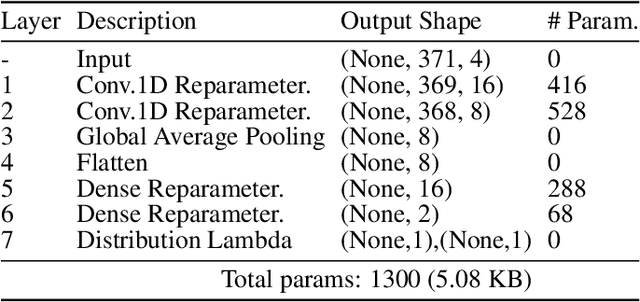
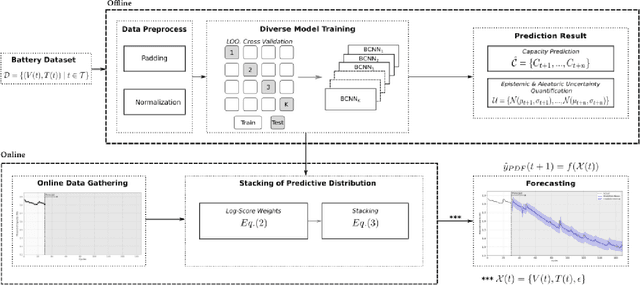

Abstract:Batteries are a key enabling technology for the decarbonization of transport and energy sectors. The safe and reliable operation of batteries is crucial for battery-powered systems. In this direction, the development of accurate and robust battery state-of-health prognostics models can unlock the potential of autonomous systems for complex, remote and reliable operations. The combination of Neural Networks, Bayesian modelling concepts and ensemble learning strategies, form a valuable prognostics framework to combine uncertainty in a robust and accurate manner. Accordingly, this paper introduces a Bayesian ensemble learning approach to predict the capacity depletion of lithium-ion batteries. The approach accurately predicts the capacity fade and quantifies the uncertainty associated with battery design and degradation processes. The proposed Bayesian ensemble methodology employs a stacking technique, integrating multiple Bayesian neural networks (BNNs) as base learners, which have been trained on data diversity. The proposed method has been validated using a battery aging dataset collected by the NASA Ames Prognostics Center of Excellence. Obtained results demonstrate the improved accuracy and robustness of the proposed probabilistic fusion approach with respect to (i) a single BNN model and (ii) a classical stacking strategy based on different BNNs.
Diagnostic Spatio-temporal Transformer with Faithful Encoding
May 26, 2023Abstract:This paper addresses the task of anomaly diagnosis when the underlying data generation process has a complex spatio-temporal (ST) dependency. The key technical challenge is to extract actionable insights from the dependency tensor characterizing high-order interactions among temporal and spatial indices. We formalize the problem as supervised dependency discovery, where the ST dependency is learned as a side product of multivariate time-series classification. We show that temporal positional encoding used in existing ST transformer works has a serious limitation in capturing higher frequencies (short time scales). We propose a new positional encoding with a theoretical guarantee, based on discrete Fourier transform. We also propose a new ST dependency discovery framework, which can provide readily consumable diagnostic information in both spatial and temporal directions. Finally, we demonstrate the utility of the proposed model, DFStrans (Diagnostic Fourier-based Spatio-temporal Transformer), in a real industrial application of building elevator control.
DA-DGCEx: Ensuring Validity of Deep Guided Counterfactual Explanations With Distribution-Aware Autoencoder Loss
Apr 22, 2021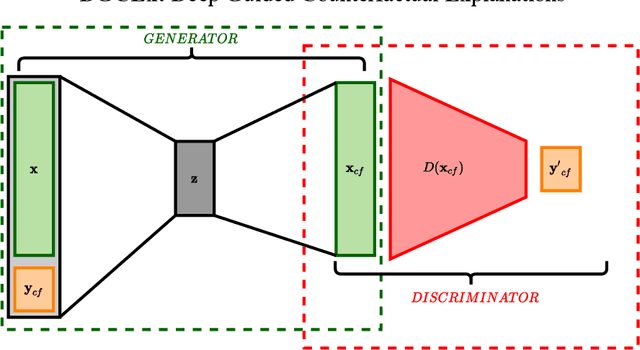

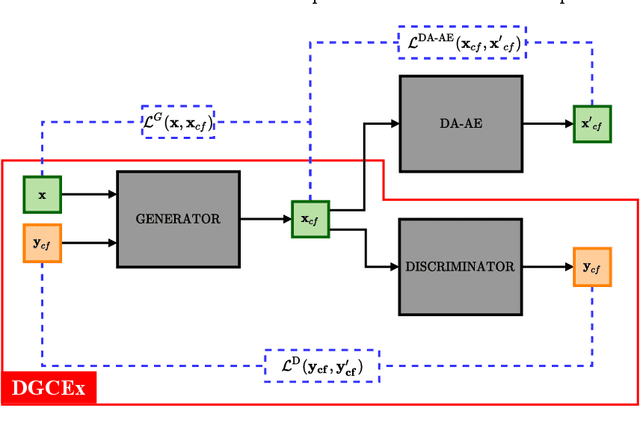
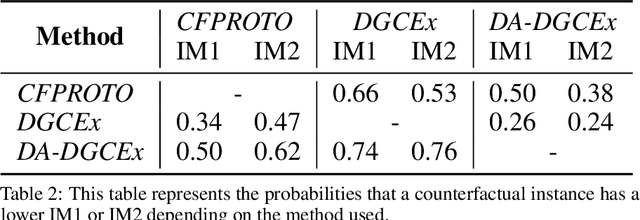
Abstract:Deep Learning has become a very valuable tool in different fields, and no one doubts the learning capacity of these models. Nevertheless, since Deep Learning models are often seen as black boxes due to their lack of interpretability, there is a general mistrust in their decision-making process. To find a balance between effectiveness and interpretability, Explainable Artificial Intelligence (XAI) is gaining popularity in recent years, and some of the methods within this area are used to generate counterfactual explanations. The process of generating these explanations generally consists of solving an optimization problem for each input to be explained, which is unfeasible when real-time feedback is needed. To speed up this process, some methods have made use of autoencoders to generate instant counterfactual explanations. Recently, a method called Deep Guided Counterfactual Explanations (DGCEx) has been proposed, which trains an autoencoder attached to a classification model, in order to generate straightforward counterfactual explanations. However, this method does not ensure that the generated counterfactual instances are close to the data manifold, so unrealistic counterfactual instances may be generated. To overcome this issue, this paper presents Distribution Aware Deep Guided Counterfactual Explanations (DA-DGCEx), which adds a term to the DGCEx cost function that penalizes out of distribution counterfactual instances.
Deep learning models for predictive maintenance: a survey, comparison, challenges and prospect
Oct 07, 2020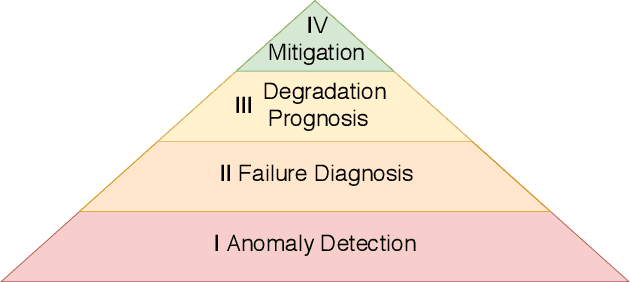
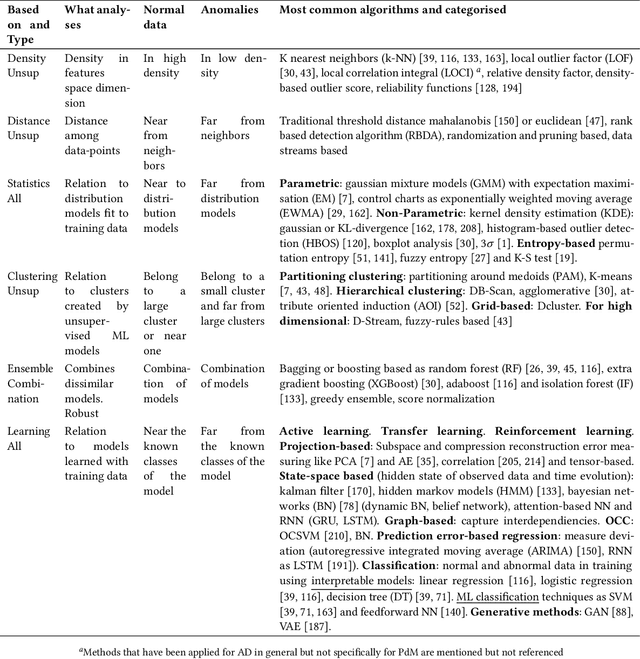
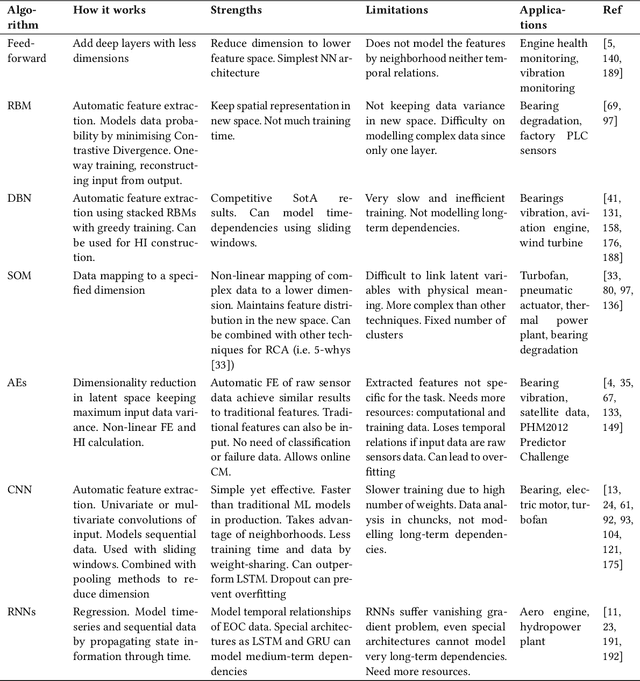
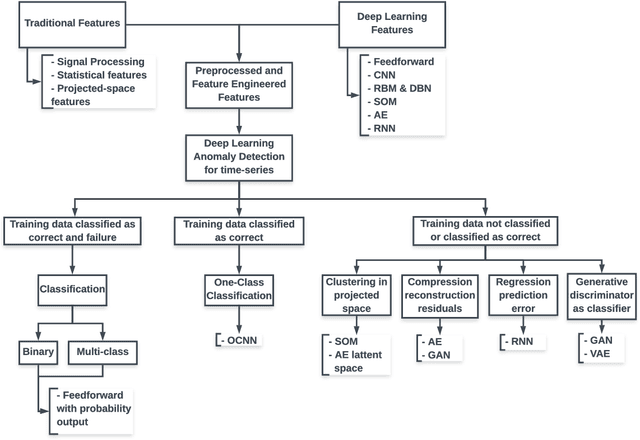
Abstract:Given the growing amount of industrial data spaces worldwide, deep learning solutions have become popular for predictive maintenance, which monitor assets to optimise maintenance tasks. Choosing the most suitable architecture for each use-case is complex given the number of examples found in literature. This work aims at facilitating this task by reviewing state-of-the-art deep learning architectures, and how they integrate with predictive maintenance stages to meet industrial companies' requirements (i.e. anomaly detection, root cause analysis, remaining useful life estimation). They are categorised and compared in industrial applications, explaining how to fill their gaps. Finally, open challenges and future research paths are presented.
 Add to Chrome
Add to Chrome Add to Firefox
Add to Firefox Add to Edge
Add to Edge